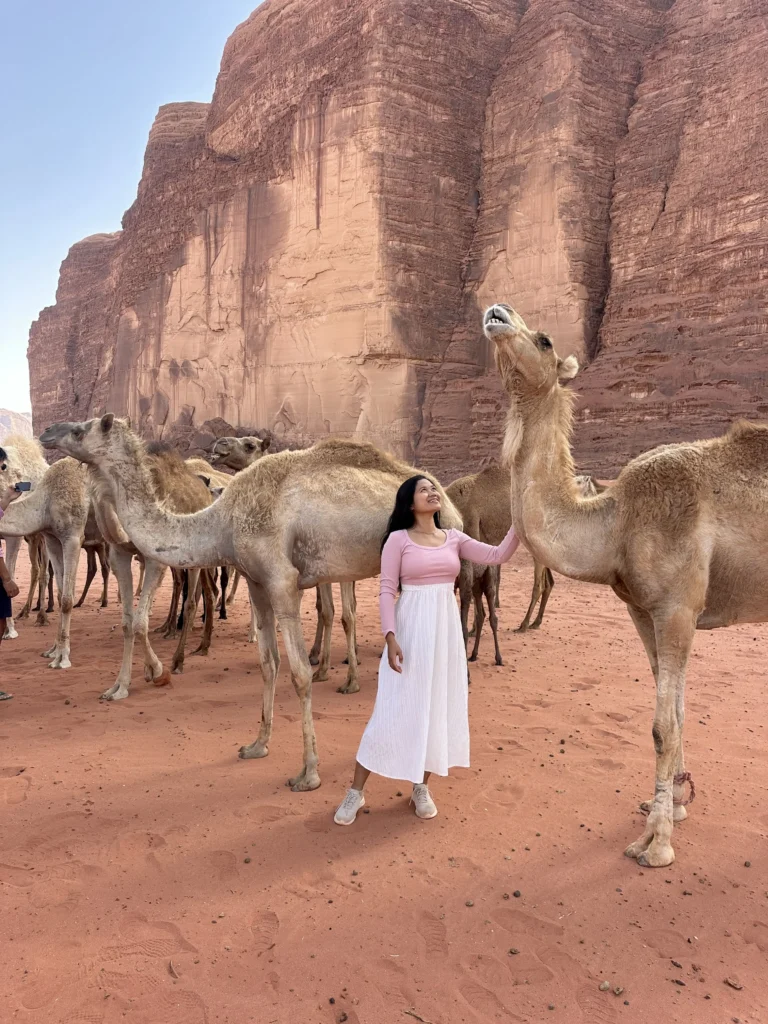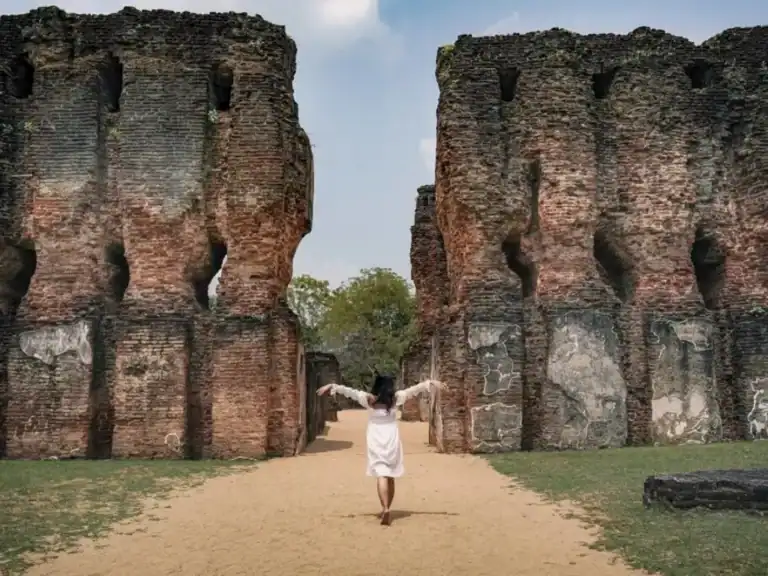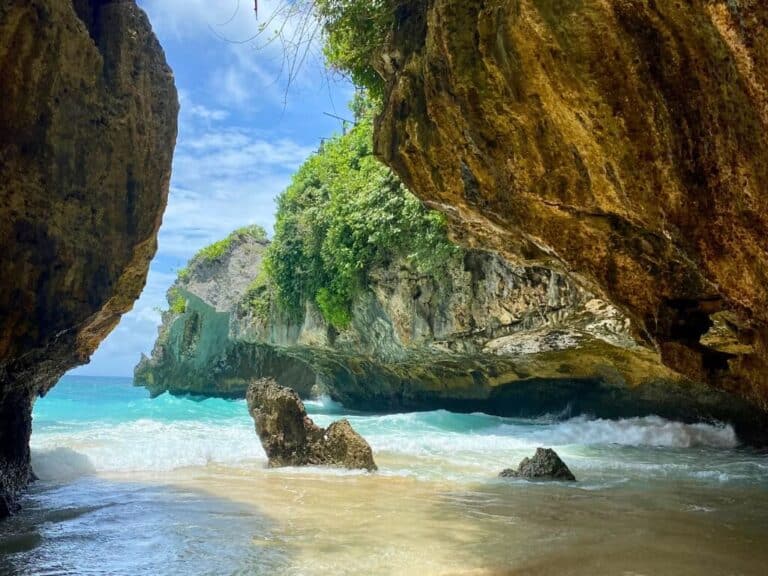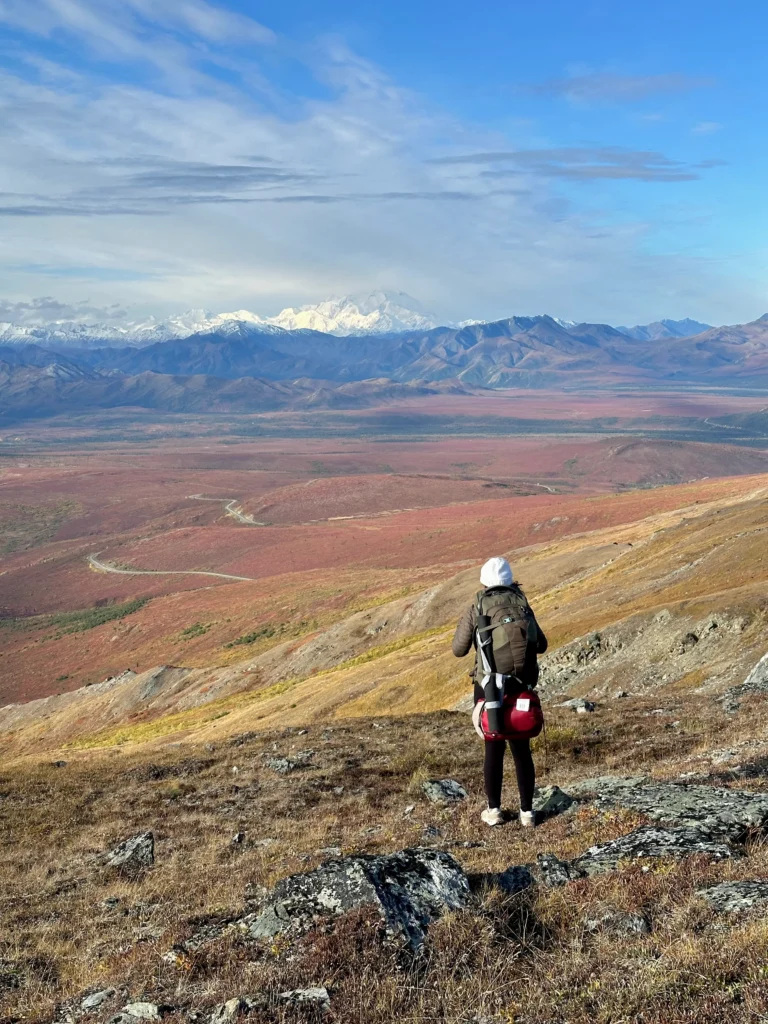Slow Travel vs Fast Travel: Which Fits You Right Now?
Have you been coming home from your trips totally wiped out? Like, more exhausted than when you left?
You used to travel to feel alive—to recharge, explore, and reward yourself. But now? It feels like you need a vacation after your vacation, wondering if it was even worth it. If that sounds familiar, you’re definitely not alone—and this post is for you.
After visiting 30+ countries, working remotely from all kinds of places, and volunteering across three continents, I’ve experienced both slow travel vs fast travel styles firsthand.
I’ve seen one country in a day, and I’ve spent three quiet weeks in a tiny beach town. Fast travel gives me those high moments of feeling alive. Slow travel helps me actually live and be fully present in the moment. Both have their magic—it’s about finding the one that actually works for you.
In this post, I’m breaking down slow travel vs fast travel—what each style really looks like, the pros and cons, and how to figure out which one fits your travel style—or how to mix both for the best of both worlds.
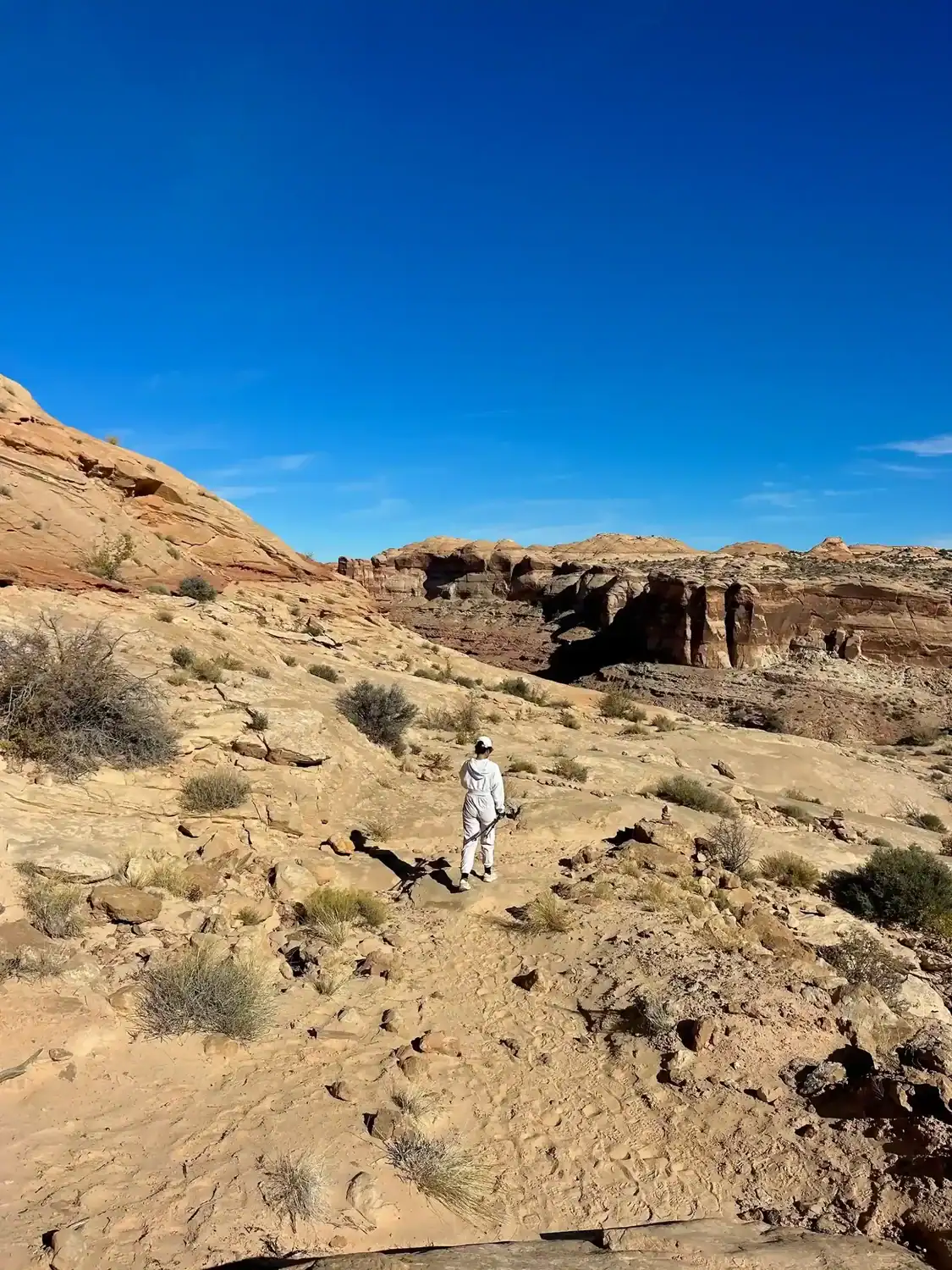
At a Glance: Slow Travel vs Fast Travel
| Fast Travel | Slow Travel | |
|---|---|---|
| Pace | Quick, structured | Relaxed, flexible |
| Focus | Landmarks, highlights | Depth, presence, local life |
| Best For | Short breaks, friend/family trips | Solo, couples, long-term nomads |
| Pros | High energy, productive feeling | Restorative, meaningful connections |
| Cons | Draining, rushed | Needs time, may feel unproductive |
What Is Fast Travel?
Fast travel is your classic “5 cities in 7 days” whirlwind—or a weekend trip to a new country with a 3 a.m. flight and a 7 a.m. walking tour. It’s about checking off landmarks, maximizing every moment, and squeezing in as much adventure as possible.
People love it because it’s exciting. You feel productive. You see the highlights. And if you’re short on time or visiting a place for the first time, it honestly just makes sense.
It makes sense for most people who can only take three consecutive days off (super common in Asia), or for friend groups who, after weeks of trying, can’t even find five overlapping days off.
And to be honest? Especially if you’re from a developing country—like I am—this kind of travel is what we can afford, and what we’re allowed. And to some extent, it’s enough.
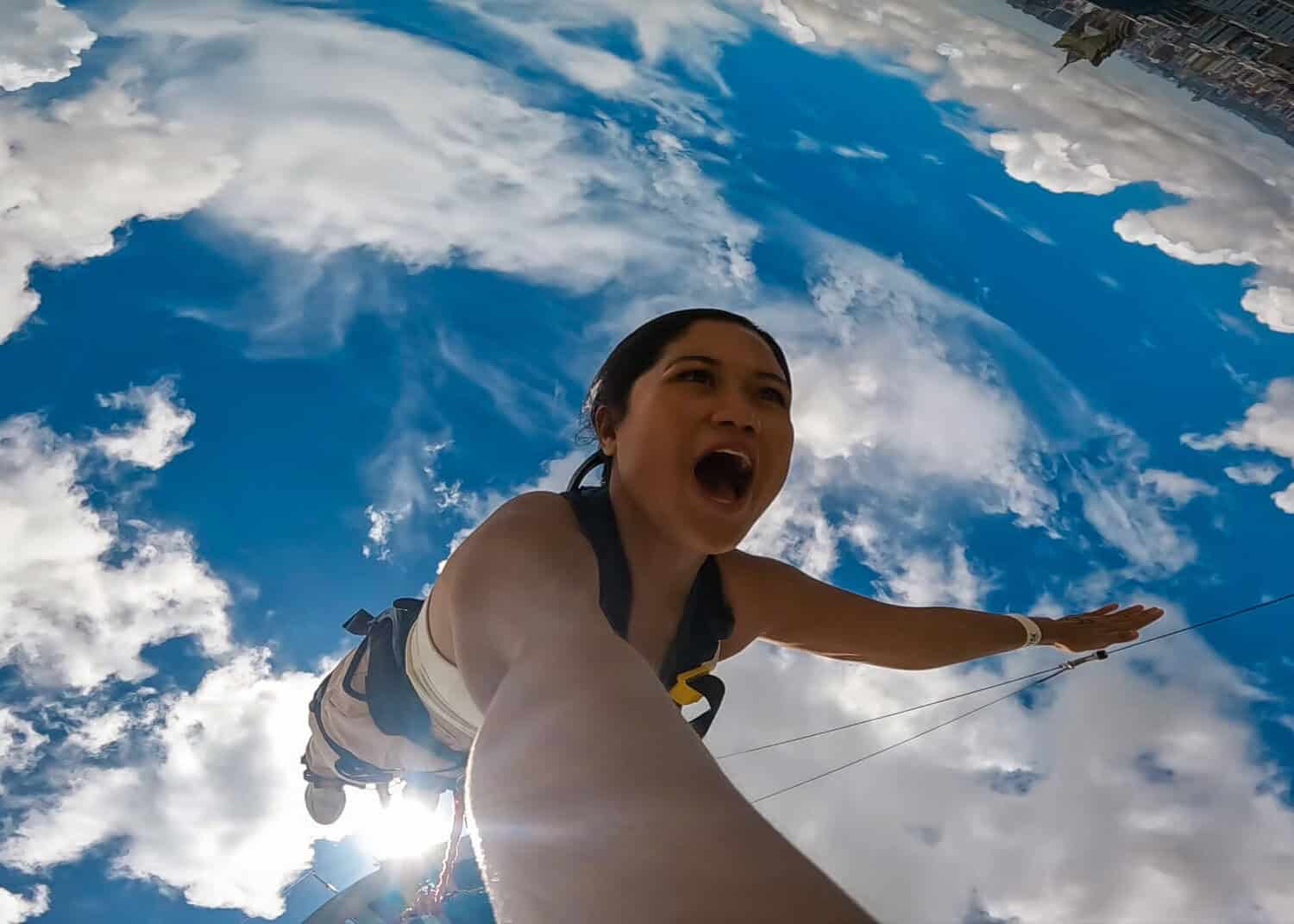
Pros of Fast Travel:
- High-energy, high-reward
- Ideal for tight schedules
- Great for families or friends with different interests
- Perfect for ticking off major sights
Cons of Fast Travel:
- Exhausting and rushed
- Expensive due to private transport and moving around
- Fewer connections with locals or culture
- Often ends with that “I need a vacation from my vacation” feeling
When fast travel works best:
- Short vacations
- First-time trips
- Bucket list trips
- Group travel (family, friends, coworkers) with different schedules
- High-energy adventures like bungee jumping or food hopping
What Is Slow Travel?
Slow travel is all about depth over speed. Instead of skimming the surface of multiple places, you dive deep into just one.
You stay longer. You walk more. You talk to locals. You visit their farmers’ markets. You cook your own meals. You follow your curiosity instead of a checklist.
There’s a reason slow travel is becoming more popular. With cheaper flights and social media guides, travel became more accessible—but it also led to overcrowded cities, expensive hotels, and travelers cramming in as much as they could, all at once.
I remember one night, after landing in my third country that year, I was exhausted. I had just come home and was facing a full workload the next day. People expected me to be energized—after all, I just got back from “vacation.” But the truth? I was so tired and wondering if I even wanted to travel again.
That’s when I discovered slow travel.
Slow travel invites you to travel differently. To stop chasing the perfect itinerary and start designing one that actually fits your life—or none at all.
It gives you permission to seek out hidden gems, explore untouristy neighborhoods, and skip the crowds. It gives you permission to rest—without guilt—because you’re traveling with purpose, not to perform or check boxes.
It’s good for your soul, for the places you visit, and for the planet too.
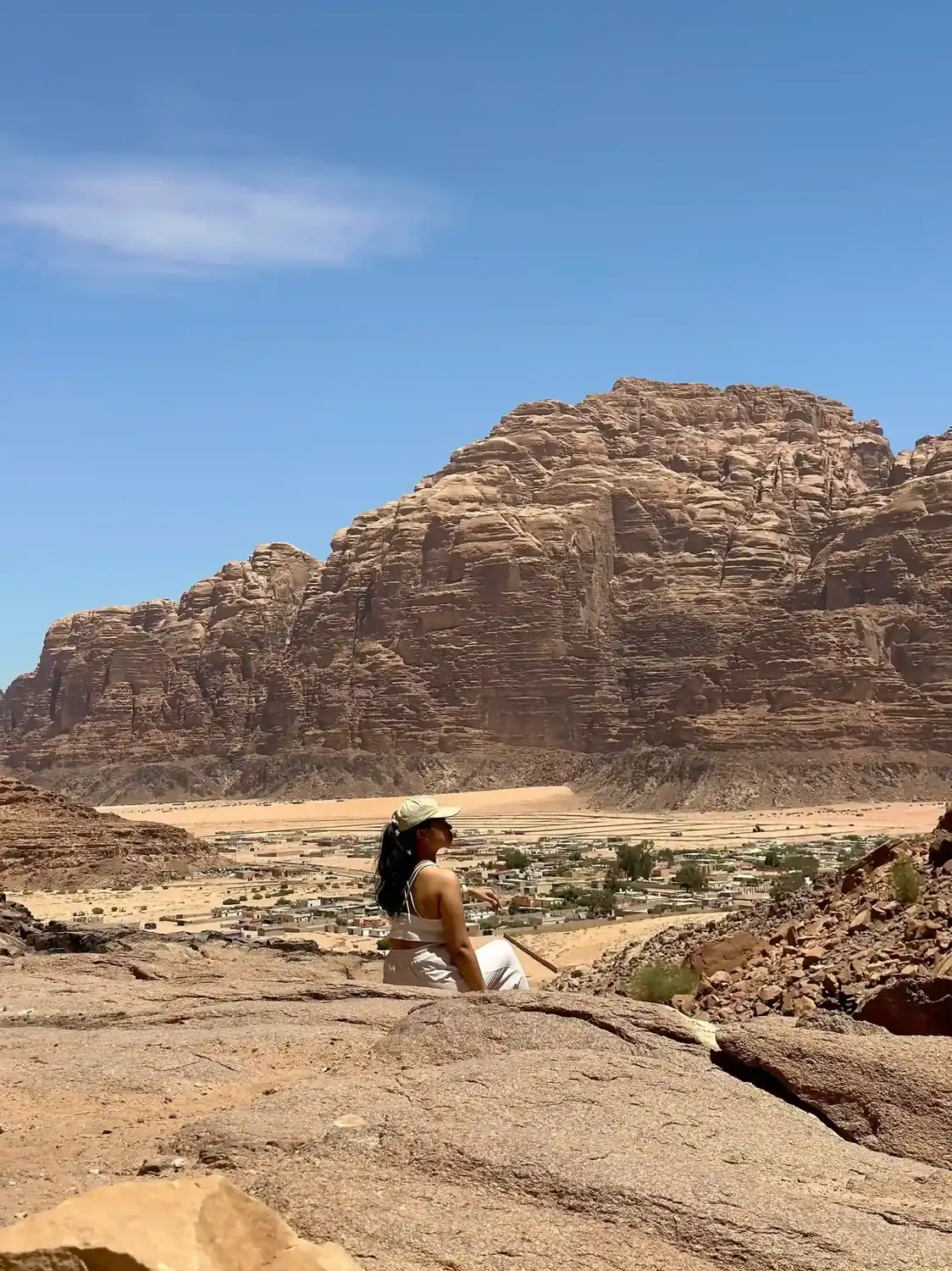
Pros of Slow Travel:
- Deep cultural immersion
- Often more budget-friendly over time
- Less stress, more joy
- Encourages mindfulness, spontaneity, and connection
- Good for the environment
Cons of Slow Travel:
- Requires more time
- Can feel “less productive” to checklist travelers
- Might feel lonely if you’re not used to the pace
- Perceived as not accessible for everyone
Slow Travel is Best For:
- Solo trips
- Couples and honeymoons
- Digital nomads
- Anyone craving clarity, rest, or reconnection
Which Travel Style Fits You Right Now?
You don’t have to commit to one style forever. Just start here:
- Are you feeling burned out—or excited to move fast?
- Craving adventure—or rest?
- Do you have 3 days or 3 weeks?
- Are you traveling solo, with friends, or with a partner?
- Do you want to see everything—or feel something?
You can also discover your travel archetype to see what really lights you up. Take this quiz to find out.
Fast travel might be perfect for The Bucket List Adventurer.
Slow travel? That’s where The Soul Searcher feels most at home.
Once you know your type, check out this guide on how to choose a travel destination that reflects your travel style.
Can You Mix Both? Absolutely.
Travel doesn’t have to be all slow travel or all fast travel — it can be both. Here are my favorite ways to combine the two:
- Fast then slow: Start with 2–3 days of sightseeing, then shift into slow travel for at least a day.
- Split trip: I did this once in the Philippines. Three days in Coron—island hopping, snorkeling, chasing every highlight. Then a week in Busuanga with my partner. We motorbiked to hidden waterfalls, ate local food, and stayed in a bamboo cabin surrounded by forest. It was the best of both worlds.
- Slow days in a fast trip: Squeeze in a chill café day between sightseeing marathons — your feet (and soul) will thank you. Or hit the sights hard, then treat yourself to a slow dinner to cap it off.
My Honest Take (After 30+ Countries)
I think most people start with fast travel. And it makes sense.
When I first left the Philippines, I was 18 and had just received a scholarship for a student exchange. It was my first time on a plane. I was doing conferences during the day and exploring Hong Kong at night. I had so much energy. I didn’t want to rest—I wanted to experience everything.
But as I kept traveling—through Europe, the Middle East, the U.S.—something shifted. I started craving rest during the trip. I started needing time before and after to just be.
Especially now that I travel full-time, work remotely, and volunteer, I know how fast travel can drain me. And I’ve seen how slow travel heals me.
Still, I don’t shame fast travel. I do it, too—especially with friends who have limited time. Or when I’m passing through a place quickly.
The key? Choosing what works best for you right now. Not what Instagram says you should do. Not what travel influencers make look glamorous. What actually nourishes you.
Ready to Try Slow Travel?
You don’t have to move to Bali or spend six months in Portugal.
You can try slow travel by simply spending an extra day in one city. Taking a train instead of a flight. Saying yes to a local invite. Cooking instead of dining out. Walking instead of taking a taxi.
And if you want help creating a custom itinerary for the kind of slow travel you truly need—whether that’s rest, healing, reconnection, or joy—join the waitlist for my Soulful Travel Design Lab.
This isn’t some AI-generated itinerary. It’s handcrafted guidance from someone who’s been there. Someone who’s walked the cobbled streets, slept in mountain cabins, missed trains, and found joy again on quiet trails.
Because in the end, travel isn’t about how much you did. It’s about what stayed with you after you left.

